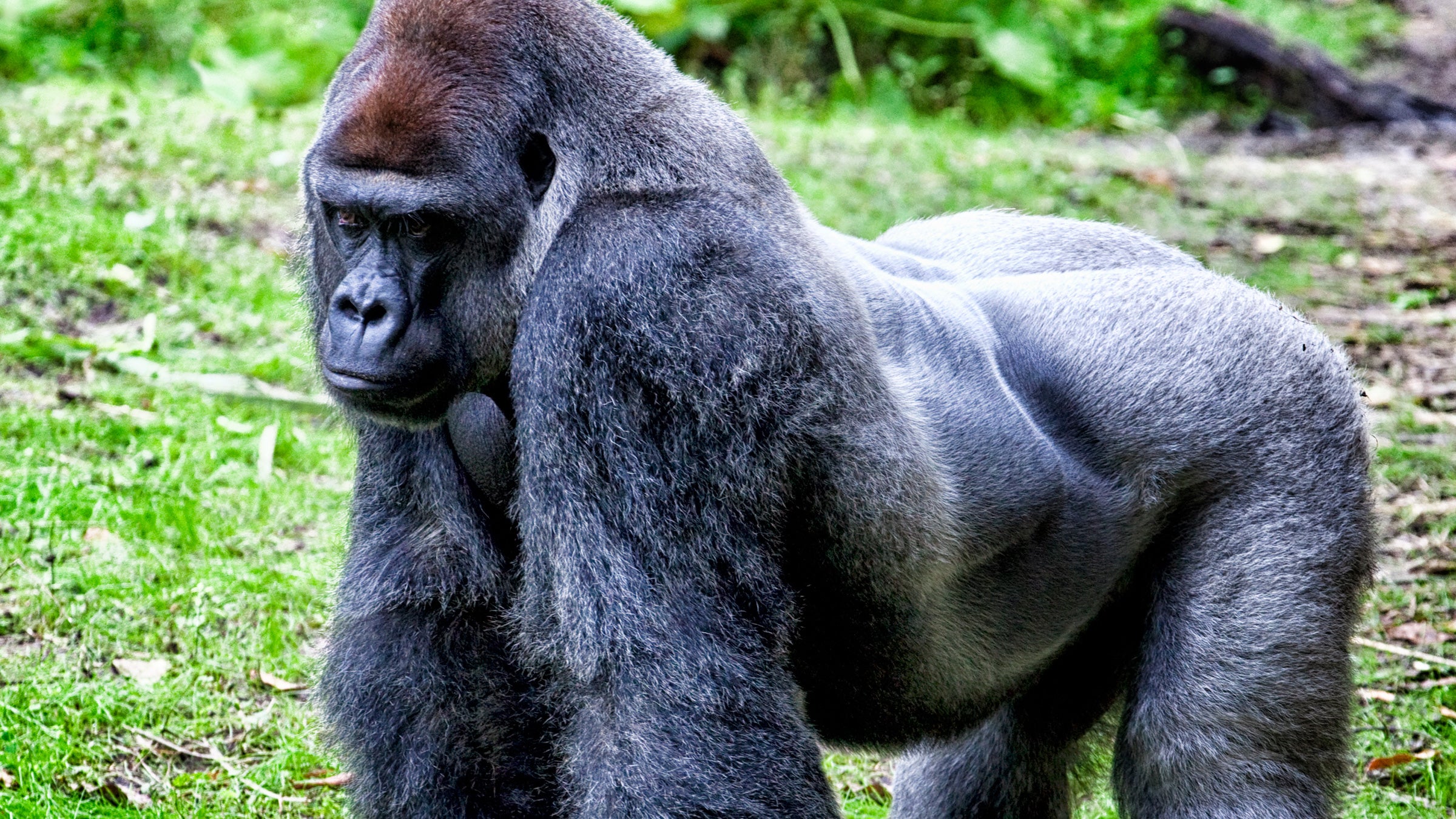ThereÔÇÖs no way to come away from the story of Harambe with any feeling other than deep sadness. Harambe, of course, was the western lowland gorilla who was ┬áemployee this past weekend after a four-year old boy managed to get into his enclosure. Zoo director Thane Maynard acknowledged that Harambe showed no acute signs of aggression toward the child. However, he did drag the boy around,┬áperhaps to get away from a screaming panicked crowd above.
The zoo considered trying to tranquilize Harambe with a dart, but concluded that the moments after the dart would have hitÔÇöbefore the tranquilizer would have┬átaken full effectÔÇöwould be risky for the child. Instead, to minimize risk to the boy, the zoo decided to ÔÇťput the gorilla down.ÔÇŁ In other words, a zoo sniper shot him. ÔÇťWe are heartbroken about losing Harambe, but a childÔÇÖs life was in danger and a quick decision had to be made by our Dangerous Animal Response Team,ÔÇŁ Maynard .
It is easy to blame the child's motherÔÇöand many did. But any parent can tell you that it is near-impossible to keep┬átrack of a young child every┬áinstant you're with them (I lost my son in an airport once). It is easy to blame the zoo for its decision to kill Harambe and for its poorly designed enclosureÔÇöand many did. But this was the first time that anyone had jumped into Gorilla World in the almost 40 years that it's┬ábeen open, and it is hard to fault the zoo for an agonizing choice that offered maximum protection to a young boy.
ÔÇťMuch of Harambe's reaction may have been triggered by public noise and yelling.ÔÇŁ
If I have any blame to cast, I reserve it for the crowd, which shrieked and panicked, seemingly agitating┬áHarambe and making it all the more difficult for zoo employees to see a┬áway to a peaceful recovery of the boy. ÔÇť[Harambe] showed a combination of protection and confusion. He stood over the child, held him up, moved/dragged him through the water (at least once very roughly), stood over him again,ÔÇŁ primate expert Frans De Waal . ÔÇťMuch of his reaction may have been triggered by public noise and yelling.ÔÇŁ Note to future zoo crowds: when a child ends up in an animal enclosure, back away and stay quiet so the animals at least have a chance to remain calm.
Of course, the zoo will redesign the leaky barrier. But the reality is that when you put animals on display for human entertainment the unexpected will happen. kept by Born Free USA, there have been 33 human deaths and 224 injuries at zoos and aquariums in the U.S. since 1990. (The vast majority were staff, but nine of the deaths were visitors.) The Cincinnati incident is, in fact, at least the third time that a child has ended up in a gorilla enclosure. In the , at the Jersey Zoo in the UK and the Brookfield Zoo in Chicago, the gorillas stayed mostly calm and even helped and the children (though some cries from the child and crowd at the Jersey Zoo also seemed to agitate a young gorilla). Happily, both children were recovered without harm to the animals.
In another example late last month, a man jumped into the lion enclosure at the Santiago Metropolitan Zoo in Chile and started stripping and provoking the lions. The zoo shot to save him, then later found a suicide note in the man's clothing. The degree to which human safety and agendas trump the well-being of zoo animals is perfectly illustrated by the fact that, last Friday, the Cincinnati Zoo celebrated Harambe's 17th birthday. On Saturday, it shot him. And after doing that, zoo workers took the supremely utilitarian step of .
It is also worth noting that even when humans arenÔÇÖt jumping into┬áenclosures and putting animals at risk, zoos are a pretty bad bargain for Harambe and other . There are about 765 western lowland gorillas in . Many exhibit stereotypical behaviorsÔÇölike regurgitating food, pacing, and┬áÔÇöthat indicate stress or boredom. Many are on as a result. And that gorillas are particularly ill-suited to be on exhibit because crowds agitate and stress them.
All this, and HarambeÔÇÖs dismal end, would be easier to accept if the Species Survival Program of which Harambe was a part, was actually doing a better job of helping his species to survive. But western lowland gorillasÔÇöthanks to habitat destruction, hunting, and poaching (some of it for zoos)ÔÇöhave been on a steady downward trajectory that currently has them by the International Union For Conservation of Nature. By that measure, we┬áare utterly failing Harambe, and failing his species. Which makes his short captive life, and his death by zoo, all the more tragic.


